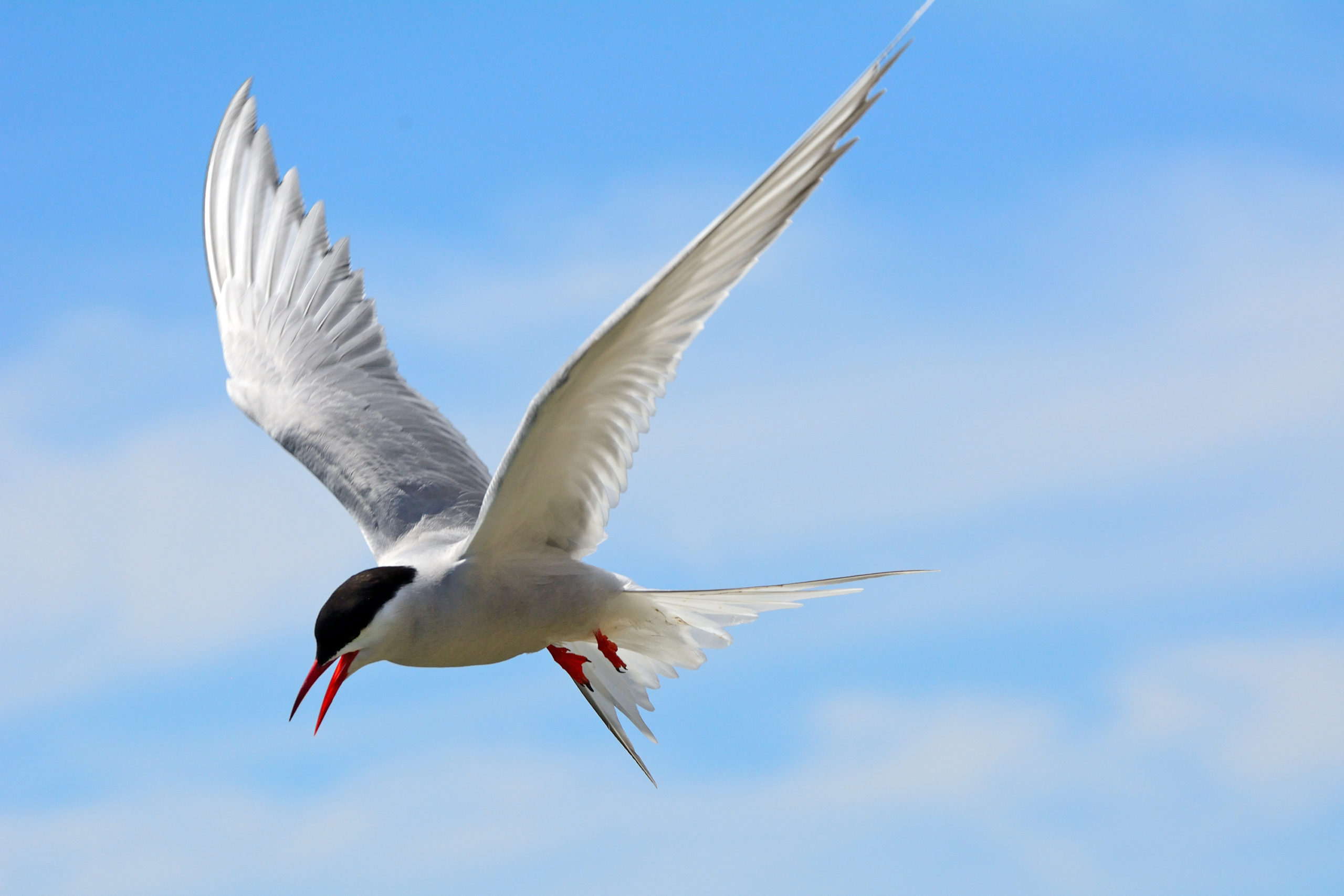I grew up in northern Finland just next to the Swedish border. There is a freely flowing river between the two countries. So, as a child in my home village, I would head for the Kainuunkylä Islands situated in the middle of the river. In summer one could be amazed by the extensive wetland fauna like arctic tern (Lapintiira) and diverse vegetation on the islands, and in the winter enjoy Nordic skiing while finding all sorts of animal tracks in the snow.
In the 80’s and 90’s, however, the needles in pine trees started to look sick and we learned that sulfuric acid precipitations from emissions in Kola Peninsula were causing large damages to the forests in Europe. On top of me putting a” stop the acid rain” sticker on my skiing jacket, the awareness of this threat was also the driver for technology development of flue gas desulfurization technologies. This is an example of how we have been able to solve nasty environmental problems by technology development and setting regulation to support the creation of market potential for innovative solutions.
Prosperity versus biodiversity?
UK government recently published the Dasgupta Review (2021) on The Economics of Biodiversity. The report extensively discusses our understanding of the relationship between nature and our economy. It brings the concept of natural capital as a component of our wealth and assets in line with produced capital and human capital. Nature offers us ecosystem services like soil, water and natural resources for our agriculture and manufacturing industries, not to mention the health benefits green spaces give us. We in return produce waste and harmful emissions to burden or deplete the nature. This is affecting the prosperity of current and future generations. Could we set a value to conserving nature compared to restoring it once damaged or degraded? Report suggests that we should change our measures of economic success to guide us on a more sustainable path.
Transformative change needs many solutions
There could be many solutions and development goals that would help to mitigate further damages to nature but would also lead to economic benefits, like
- Decarbonising our energy systems
- Zero-emission circular manufacturing processes
- Closing the loop of using critical materials
- Innovations for sustainable food production
- Water preservation
- Reliable methods for assessing sustainability
- Data supporting decision making and sector coupling
- Aligning environmental objectives along entire global supply chains
It is fundamental to direct investments towards sustainable projects and activities
Citizens, corporations and decision makers need a common language and a clear definition of what is ‘sustainable’. Therefor EU has created a common classification system for sustainable economic activities, an EU Taxonomy. The Taxonomy Regulation establishes six environmental objectives.
- Climate change mitigation
- Climate change adaptation
- The sustainable use and protection of water and marine resources
- The transition to a circular economy
- Pollution prevention and control
- The protection and restoration of biodiversity and ecosystems
Regulation is supporting the implementation of the European Green Deal. Financial analyses may help to estimate risks and uncertainty that result from unsustainable use of natural assets and support investment decisions towards “better and greener deals” i.e., more sustainable activities.
CLIC Innovation is facilitating creation of breakthrough solutions
Finland is the most forested country in Europe and our renewable water resources are plenty. Conserving and restoring our natural assets will sustain and enhance their supply. Holistic approach to caring of nature and biodiversity affects the future prosperity and requires actions by both private and public parties. CLIC Innovation has one of central roles in facilitating the necessary clusters towards this change, hence I am delighted to be a part of this team.
And how about the future of the arctic tern?
I just received a letter from Lapland ELY Centre informing of plans to start restorative work of biotopes in Kainuunkylä Islands. This wetland is on the List of Wetlands of International Importance, also known as the Ramsar List. Letter was stating that the work would employ people locally to remove extra bushes and bring sheep to breed on the islands in summer. It is part of Helmi Programme by the Ministry of Environment. Programme is aiming to strengthen Finland’s biodiversity and safeguard the vital ecosystem services.
The arctic tern and other bird life will benefit from Helmi Programme and promise that they will migrate again to the banks of Tornionjoki next year.
Aila Maijanen joined CLIC in May 2021 as an RDI Manager in the energy theme. She acts as the executive officer for Industrial Biotechnology Cluster Finland – IBC Finland. IBC Finland is a cluster for Industrial biotechnology and connects business and academia to build novel biotechnology solutions, services and products. It aims to leverage bioeconomy and sustainable development of Finnish industries by excellence in industrial biotechnology. Previously Aila has gained an extensive experience in innovation funding of energy and bio & circular economy related projects, within Business Finland.


